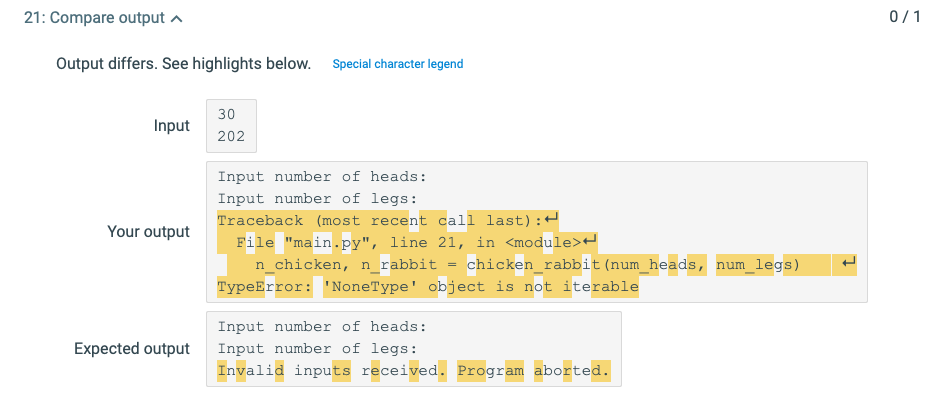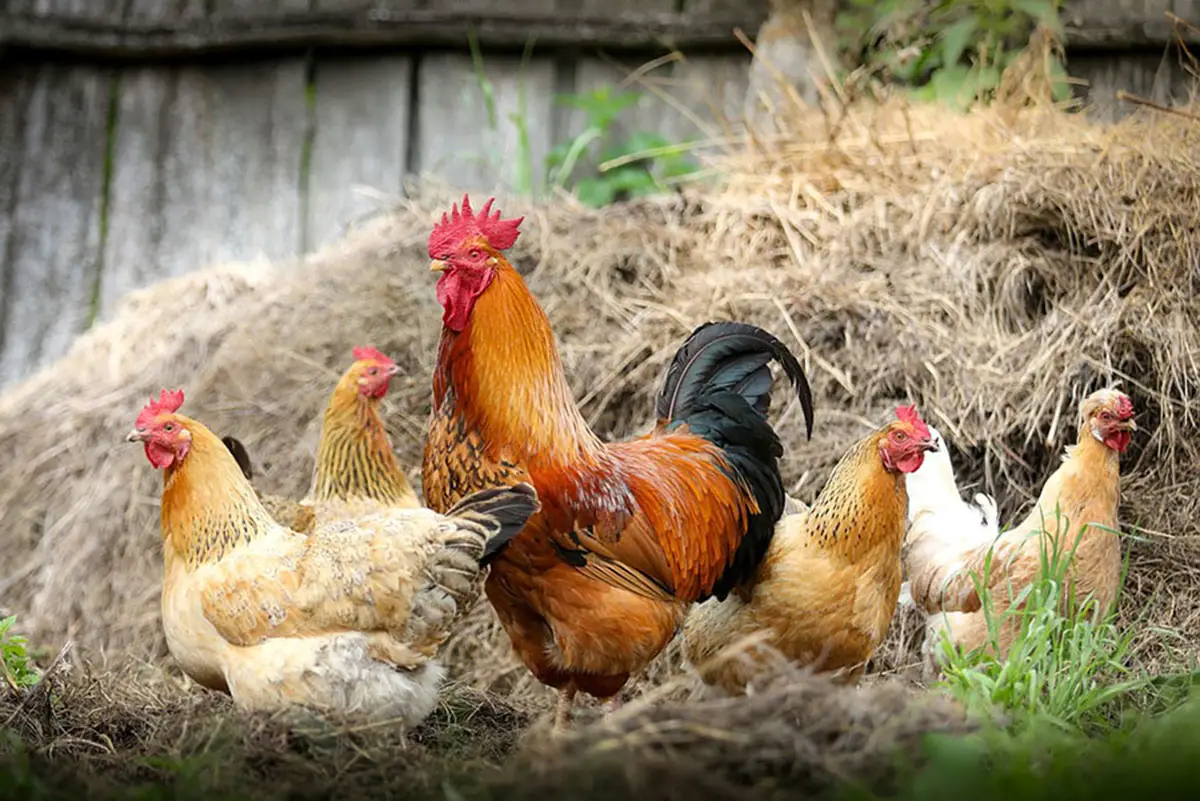

When transferring the day-old chicks from the shipping box to the brooder, I always weigh 5 to 6 chicks to get a good idea of the initial weight of the entire clutch. It’s the single most important data point because all calculations will be based on this number. I count twice and enter that number into the record. Assuming the number of chicks you received can skew your records, distorting overall feed consumption data later on. Sometimes hatcheries will add one or two extra chicks. Pay attention to uniformity – chicks should look the same.Ĭount the chicks to determine the exact number you received. When the chicks arrive, the first thing I do is open the shipping box and assess the overall quality of the chicks. Getting off to a good start with your flock of Cornish Cross broilers requires more than good preparation it also depends on the quality of the day-old chicks arriving from the hatchery. After a couple years of less-than-stellar results, most folks blame the Cornish Cross and move on to other interests. And, at the cost of quality, high-protein feed, it gets very expensive to feed broilers beyond 56 days.

Cornish Cross broilers at 56 days begin to produce noticeably more manure and consume much more feed, with the amount of your effort increasing nearly twofold. Any longer and you begin to lose meat quality and will spend a lot more money and effort. This cost-efficient approach I’ve shared in previous articles will have your broilers ready for the freezer at 42 to 49 days and at 4-to-6-pound finish weights.
#CHICKEN MATH DEFINITION TRIAL#
Through trial and error, I’ve landed on a management approach for raising Cornish Cross broilers that mimics commercial broiler operations in terms of confinement, feed, and keeping record of the broilers’ progress. The aim is to produce food in the most cost-efficient way with reasonable effort. To do that takes planning vegetable gardens, maintaining layer chickens, and raising Cornish Cross broilers. Since relocating to my farmstead, my goal has been self-reliance and sustainability, producing a majority of my food. But it can also be disappointing you may lose a few broilers along the way, or, worse yet, your broilers may develop poor weight gains, translating into increased feed costs. Raising Cornish Cross broilers for meat can be a great family adventure and, most of all, delicious. Here are links to the other parts of the series:
/ChickenEgg-58e6734a3df78c5162063731.jpg)
#CHICKEN MATH DEFINITION SERIES#
This is part of a series of articles on Cornish Cross broiler management. Raising Cornish Cross birds for meat? Learn the math of planning ahead to budget for feed, and track your bird’s weight gains.


 0 kommentar(er)
0 kommentar(er)
